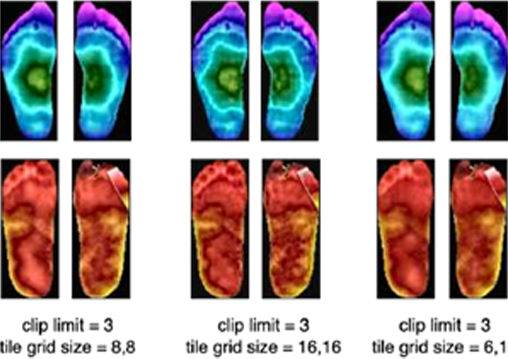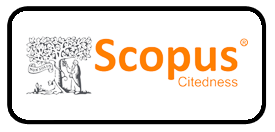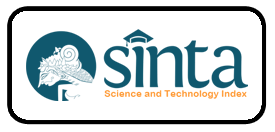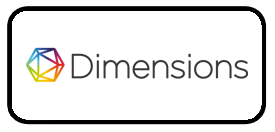Optimization of plantar foot thermogram for diabetic foot ulceration early detection: An image enhancement approach
DOI:
https://doi.org/10.59190/stc.v5i2.273Keywords:
Deep Learning, Diabetic Foot Ulceration, Image Enhancement, Multi Classifier, ThermogramAbstract
Diabetes mellitus (DM) is a critical health condition caused by insulin production failure, leading to elevated blood glucose levels. DM often results in severe complications such as heart disease, stroke, and diabetic foot ulcers (DFU), which pose risks of infection and potential amputation. This study developed a machine learning model for early detection of diabetic foot ulcers, using thermogram images and the thermo dataset containing detailed foot temperature data. The multi-classifier model integrates CNNs for processing thermogram images and an ANN for tabular data analysis. Various image enhancement techniques were applied, including solarize, CLAHE, posterize, and gamma adjustment, to improve the visibility of key temperature distribution patterns. The results demonstrate that solarize consistently emerged as the most effective image enhancement method, significantly improving model performance across all evaluation metrics. Models enhanced with solarize achieved an impressive accuracy of 97.06%, alongside a perfect AUC score of 1,000. Additionally, the application of image enhancement techniques proved instrumental in reducing training and inference times, indicating computational efficiency. The integration of temperature data with enhanced thermogram images further boosted predictive accuracy while maintaining critical thermal information. This study underscores the transformative potential of image enhancement techniques, particularly solarize, in advancing the accuracy and efficiency of early detection models for diabetic foot ulcers. These findings contribute meaningfully to the development of medical imaging technologies, offering a robust framework for improving disease diagnosis and management.

Downloads
Published
How to Cite
Issue
Section
License
Copyright (c) 2025 Muhammad Nuril Huda, Aina Musdholifah, Aufaclav Zatu Kusuma Frisky

This work is licensed under a Creative Commons Attribution 4.0 International License.










